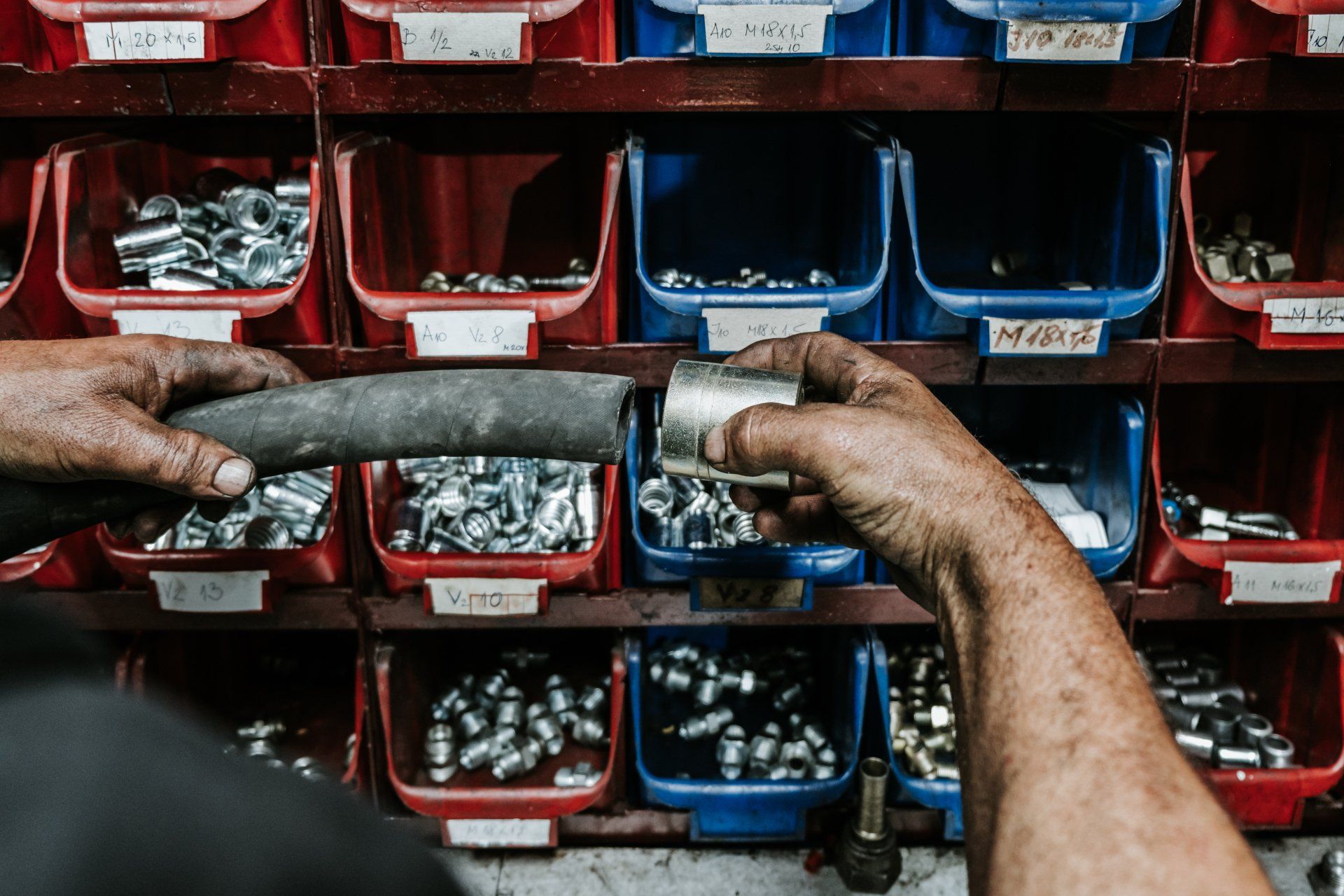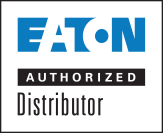Surprising Benefits of Thermoplastic Hydraulic Hoses
Historically, original equipment manufacturers (OEMs) elect to equip their machinery with traditional rubber hoses, which should come as no surprise, as rubber hoses are tried-and-true solutions that have stood the test of time.
But if you’re wondering whether rubber hoses are really the optimal solution for your hydraulic machinery, the answer might surprise you.
While high-quality rubber hoses are reliable, a thermoplastic hydraulic hose may serve to be a better option for your hydraulic applications. A thermoplastic hydraulic hose offers several distinct benefits when compared to its rubber counterpart, some of the most notable of which include the following:
Improved Performance and Reliability
The biggest advantage of using a thermoplastic hydraulic hose is that this kind of hose consistently outlasts rubber hoses. Thermoplastic exhibits exceptional durability and performance in hydraulic applications, meaning you are far less likely to experience any major malfunctions or downtime.
A thermoplastic hydraulic hose is also particularly useful if your application calls for a lengthy hose. As thermoplastic is more suitable for producing longer hoses, it can be used to do so without compromising performance.
Better Bend Radius and Flexibility
A thermoplastic hydraulic hose also provides a better bend radius and improved flexibility, making it useful for applications that involve a tight fit or odd angles. You can install a thermoplastic hydraulic hose at an arc that would otherwise compromise the function or performance of a rubber hose, as thermoplastic hoses are both lighter and thinner.
Enhanced Abrasion Resistance
In a perfect world, hydraulic hoses would never be exposed to any external abrasive forces. However, we know that things are rarely, if ever, perfect when it comes to operating heavy machinery. Therefore, it is vital that your hydraulic hoses can resist abrasion and continue to function reliably.
Thermoplastic hydraulic hoses exhibit excellent abrasion resistance and are much more resistant to abrasion than rubber variants, meaning they are more suitable for deployment in harsh environments.
Extended Shelf Life
Keeping hoses on hand ensures that you can promptly make repairs should your hydraulic equipment become damaged, but rubber hoses are notorious for becoming brittle when stored for longer-than-average time periods. Overexposure to UV light can also impact the shelf life of a rubber hydraulic hose. Conversely, a thermoplastic hydraulic hose can be stored indefinitely without breaking down, and it is more resilient to UV light as well.
Lighter Weight
Compared to a rubber hose, a thermoplastic hydraulic hose is much lighter because it does not have to be reinforced with steel mesh. The same cannot be said of rubber hoses. The lack of a steel mesh not only makes thermoplastic hoses lighter but thinner as well.
Ready to Make the Switch to a Thermoplastic Hydraulic Hose?
If you are ready to transition away from traditional rubber hoses in favor of a thermoplastic hydraulic hose, you need to partner with a reputable thermoplastic hydraulic hose supplier like Action Supply. Our experienced and client-oriented team can connect you with high-quality hoses for your hydraulic machinery.
To learn more about our thermoplastic hydraulic hoses and other hydraulic solutions, contact Action Supply today.





